Crime data listed below is for information purposes only and subject to change upon the receipt of updated information. All suspects are innocent until proven guilty in a court of law. The data listed below is subject to change each week.
Atascadero Police Department
March 07, 2022
00:03— Richard Albert Reasner, 30, transient, was arrested on the corner of El Camino Real and HWY 41 and booked for TAKING VEHICLE WITHOUT OWNER’S CONSENT [10851(A)], POSSESS CONTROLLED SUBSTANCE [11377(A)], FELONY COMMITTED ON BAIL [12022.1]; Case no. 220564
Getting through this together, Atascadero
08:43— Heriberto Salazarperez, 29, transient, was arrested on the 8500 block of El Camino Real and cited for POSSESSING NARCOTIC CONTROLLED SUBSTANCE [11350(A)]; Case no. 220565
23:33— Joseph Edward Pennington, 41, transient, was arrested on the 9800 block of El Camino Real and booked for FAILURE TO APPEAR AFTER PTA AND NOT POSTING BAIL [853.8]; Case no. 220575
23:33— Joseph Edward Pennington, 41, transient, was arrested on the 9800 block of El Camino Real and booked for POSSESSING CONTROLLED SUBSTANCE [11377(A)]; Case no. 220576
March 08, 2022
15:46— Julia Christine Gustafson, 32, of Atascadero was cited for ARREST WARRANT/ MISDEMEANOR AND INFRACTION CASES [1427], FAILURE TO APPEAR AFTER PTA AND NOT POSTING BAIL [853.8]; Case no. 220588
23:23— Raymond George Bullus, 33, of Atascadero was arrested on the 5100 block of Palma Ave. and booked for POSSESSING UNLAWFUL PARAPHERNALIA [11364(A)], POSSESS CONTROLLED SUBSTANCE [11377(A)]; Case no. 220593
March 09, 2022
10:01— Cierra Nicole Romeroheath. 27, of Atascadero was booked for ENHANCEMENT- INFLICTING GREAT BODILY INJURY [12022.7(A)], INFLICT INJURY UPON CHILD [273D(A)]; Case no. 220217
11:25— Robert Joe Reynoso, 56, of Atascadero was cited for FAIL TO APPEAR; WITHOUT PAYMENT OF BAIL [40515]; Case no. 220585
14:15— Joseph Henry Wright, 45, of Atascadero was cited for ARREST WARRANT/ MISDEMEANOR AND INFRACTION CASES [1427], FAIL TO APPEAR; WITHOUT PAYMENT OF BAIL [40515], FAILURE TO APPEAR AFTER PTA AND NOT POSTING BAIL [853.8]; Case no. 220596
14:15— Joseph Henry Wright, 45, of Atascadero was cited for DRIVING WHILE LICENSE SUSPENDED/REVOKED [14601.1(A)]; Case no. 220597
14:16— Brandy Stacy Kolbe, 30, of Atascadero was arrested on the 9000 block of Ash St. and cited for DUI ALCOHOL [23152(A)], DUI ALCOHOL/0.08 PERCENT [23152(B)]; Case no. 220598
23:23— Raymond George Bullus, 33, of Atascadero was arrested on the 5100 block of Palma Ave. and booked for FAIL TO APPEAR; WITHOUT PAYMENT OF BAIL [40515], FAILURE TO APPEAR AFTER PTA AND NOT POSTING BAIL [853.8]; Case no. 220592
March 10, 2022
00:10— Kenneth William Bourbeau, 32, of Atascadero was arrested on the corner of Graves Creek Rd. and Monterey Rd. and cited for DUI ALCOHOL [23152(A)], DUI ALCOHOL/0.08 PERCENT [23152(B)]; Case no. 220608
22:02— Scott Allen Shockley, 63, of Atascadero was arrested on the corner of Morro Rd. and Serena Ct. and cited for DRIVE WHILE LICENSE SUSPENDED/REVOKED FOR DUI:SPECIFIC VIOLA [14601.2(A)]; Case no. 220613
March 11, 2022
00:27— Ned Andrew Fennell, 25, of Paso Robles was arrested on the 6900 block of El Camino Real and booked for DUI ALCOHOL [23152(A)], DUI ALCOHOL/0.08 PERCENT [23152(B)]; Case no. 220614
13:19— Margaret Diane Pacheco, 63, of San Luis Obispo was arrested on the 7700 block of Morro Rd. and booked for VIOLATION PROBATION/MISDEMEANOR [1203.2(A)], CONTEMPT OF COURT:VIOLATE PROTECTIVE ORDER/ETC [166(C)(1)]; Case no. 220616
March 12, 2022
01:10— Jacob Daniel Dowless, 18, of Atascadero was arrested on the 8000 block of El Camino Real and booked for DISORDERLY CONDUCT:ALCOHOL [647(F)]; Case no. 220623
23:35— Caden Bryce Napolitano, 35, of Atascadero was arrested on the corner of Santa Barbara Rd. and 101 FWY and booked for DUI ALCOHOL [23152(A)]; Case no. 220633
March 13, 2022
10:20— Jesse Ray Easterday, 30, transient, was arrested on the 5500 block of Capistrano Ave. and booked for POSSESSING UNLAWFUL PARAPHERNALIA [11364(A)], POSSESS CONTROLLED SUBSTANCE [11377(A)], FELONY COMMITTED ON BAIL [12022.1], ATTEMPTED RESIDENTIAL BURGLARY [664/459-RES]; Case no. 220638
Paso Robles Police Department
March 07, 2022
23:40— Librado Lopezmartinez, 38, of Paso Robles was arrested on the 100 block of Niblick Rd. and released to another agency for DISORDERLY CONDUCT/DRUNK IN PUBLIC [647(F)PC]; Case no. 22-0645
03:13— Lisa Suzanne Murray, 57, of Paso Robles was arrested on the 2000 block of Riverside Ave. and booked and released for DISORDERLY CONDUCT/DRUNK IN PUBLIC [647(F)PC]; Case no. 220646
09:22— Collin Earl Higbee, 30, of Creston was arrested on the 200 block of Santa Ysabel Ave. and booked and released for being UNDER INFLUENCE OF CONTROLLED SUBSTANCE [11550(A)H&S], POSSESSION OF UNLAWFUL PARAPHERNALIA [11364(A)H&S], POSSESS NARCOTIC CONTROLLED SUBSTANCE [11350(A)H&S], POSSESSION OF SPECIFIED CONTROLLED SUBSTANCE [11377(A)H&S], SHOPLIFTING UNDER $950 [459.5(A)PC]; Case no. 220648
10:52— Mark Edward Omara, 65, of Paso Robles was arrested on the corner of Riverbank Ln. and Creeksand Ln. and booked and released for DRIVING UNDER THE INFLUENCE OF ANY DRUG [23152(F)VC]; Case no. 220649
12:35— Ryan David Sears, 40, of Atascadero was arrested in the Riverbed and booked and released for LOCAL WARRANT-MISDEMEANOR [B/W-M], OUTSIDE WARRANT- MISDEMEANOR [O/W-M], OUTSIDE WARRANT- MISDEMEANOR [O/W-M], OUTSIDE WARRANT- MISDEMEANOR [O/W-M]; Case no. 220651
12:54— Beth Denia Skinner, 39, of Creston was arrested in the Riverbed and booked and released for OUTSIDE WARRANT- MISDEMEANOR [O/W-M]; Case no. 22-0650
13:16— Daniel Lee Stainbrook, 51, of Paso Robles was arrested on the 180 block of Niblick Rd. and booked and released for POSSESSION OF UNLAWFUL PARAPHERNALIA [11364(A)H&S], UNDER INFLUENCE OF CONTROLLED SUBSTANCE [11550(A)H&S], RECEIVE STOLEN PROPERTY VEH/TRAILER [496D(A)PC]; Case no. 220650
17:28— Spencer Douglas Donovan, 37, of Paso Robles was arrested on the corner of Union Rd. and Avenida Del Sol and released to a third party for POSSESS NARCOTIC CONTROLLED SUBSTANCE [11350(A)H&S], POSSESSION OF SPECIFIED CONTROLLED SUBSTANCE [11377(A)H&S], POSSESSION OF UNLAWFUL PARAPHERNALIA [11364(A)H&S], UNLAWFUL DISPLAY EVIDENCE OF REGISTRATION [4462.5VC], DRIVE WHILE SUSPENDED FOR DUI [14601.2(A)VC]; Case no. 220651
21:17— Darin Christopher Willis, 26, of Paso Robles was arrested on the 100 block of Niblick Rd. and booked and released for OUTSIDE WARRANT- MISDEMEANOR [O/W-M], POSSESSION OF UNLAWFUL PARAPHERNALIA [11364(A)H&S]; Case no. 220660
21:25— Agustin Alvaradomendez Ramirez, 34, of San Bernardino, CA, was arrested on the corner of Spring St. and 6th St. and booked and released for DISORDERLY CONDUCT/DRUNK IN PUBLIC [647(F)PC], OUTSIDE WARRANT- MISDEMEANOR [O/W-M], OUTSIDE WARRANT- MISDEMEANOR [O/W-M], OUTSIDE WARRANT- MISDEMEANOR [O/W-M]; Case no. 220661
March 08, 2022
23:59— Hannah Michelle Hogue, 28, of Los Osos was arrested on the 2400 block of Riverside Ave. and booked and released for being UNDER INFLUENCE OF CONTROLLED SUBSTANCE [11550(A)H&S], POSSESSION OF UNLAWFUL PARAPHERNALIA [11364(A)H&S]; Case no. 220671
March 10, 2022
00:49— Justin Reed Billips, 31, of Paso Robles was released by a peace office on the corner of Golden Hill Rd. and Summit Rd. for being UNDER INFLUENCE OF CONTROLLED SUBSTANCE [11550(A)H&S]; Case no. 220683
01:37— David Raymond Merino, 51, of Templeton was arrested on the 1000 block of Sylvia Cir. and released to another agency for OUTSIDE WARRANT- FELONY [O/W-F]; Case no. 220684
17:08— Angelica Monique Smith, 25, of Paso Robles was booked and released for OUTSIDE WARRANT- MISDEMEANOR [O/W-M], LOCAL WARRANT-MISDEMEANOR [B/W-M]; Case no. 220691
21:39— Uriah Orian Giles, 48, of Bradley was arrested on the corner of 13th St. and Spring St. and booked and released for UNLAWFUL DISPLAY EVIDENCE OF REGISTRATION [4462.5VC]; Case no. 220696
23:22— Haley Elizabeth Delia, 22, of Paso Robles was arrested on the corner of S River Rd. at Navajo and booked and released for DUI ALCOHOL/0.08 PERCENT [23152(B)VC], DRIVING UNDER THE INFLUENCE OF ALCOHOL [23152(A)VC]; Case no. 220697
23:59— Leon Curtis Roberts, 34, of Paso Robles was arrested on the 2700 block of Black Oak Dr. and booked and released for LOCAL WARRANT-MISDEMEANOR [B/W-M]; Case no. 220104
March 11, 2022
21:44— Edgar Daniel Guevara, 22, of Paso Robles was arrested on the 1200 block of Corral Creek Ave. and released to another agency for BATTERY BY SPOUSE, COHABITANT, FORMER SPOUSE [243(E)(1)PC]; Case no. 220702
March 12, 2022
02:32— Gerardo Jesus Castro, 20, of Templeton was arrested on 101 S At 4th St. and released to another agency for EVADING A PEACE OFFICER/RECKLESSDRIVING [2800.2VC], DUI PROBATION W/BAC GREATER THAN .01 [23154(A)VC], POSSESS/PURCHASE FOR SALE NARCOTIC/CONTROLLED SUBSTANCE [11351H&S], UNLAWFUL TRANSPORTATION/SALE OF NARCOTIC [11352(A)H&S], POSSESSION OF NARCOTICS FOR SALE [11378H&S], VIOLATION OF PROBATION/TERMS OF PROBATIO [1203.2PC]; Case no. 220705
03:36— Shawn Michael Sweeney, 35, of San Miguel was arrested on SR 101 and Ramada Dr. and booked and released for DRIVE WHILE SUSPENDED FOR DUI [14601.2(A)VC]; Case no. 220704
05:40— Darin Christopher Willis, 26, of Paso Robles was arrested on the 190 block of Niblick Rd. and booked and released for being UNDER INFLUENCE OF CONTROLLED SUBSTANCE [11550(A)H&S], POSSESSION OF SPECIFIED CONTROLLED SUBSTANCE [11377(A)H&S]; Case no. 220706
05:40— Edward Glenn Hash, 37, of Paso Robles was arrested on the 190 block of Niblick Rd. and booked and released for being UNDER INFLUENCE OF CONTROLLED SUBSTANCE [11550(A)H&S], POSSESSION OF UNLAWFUL PARAPHERNALIA [11364(A)H&S]; Case no. 220706
16:55— Amber Leeann Trusty, 37, of Lockwood, CA, was arrested on the 1200 block of Ysabel St. and booked and released for TRESSPASS/REFUSE TO LEAVE PROPERTY [602(O)(1)PC]; Case no. 220712
18:43— Benito Avalos Dominguez, 25, of King City, CA, was arrested on the corner of 21st. St. and Pine St. and booked and released for DRIVING UNDER THE INFLUENCE OF ALCOHOL [23152(A)VC], DUI ALCOHOL/0.08 PERCENT [23152(B)VC]; Case no. 220713
16:00— William Dean Foote, 68, of Templeton was arrested on the 2000 block of Riverside Dr. and released to another agency for CONTACT W/MINOR W/INTENT TO COMMIT SEX CRIME [288.3(A)PC]; Case no. 220709
20:37— Luciano Rosalesdelossantos, 24, of Paso Robles was arrested on the corner of Corral Creek Rd. and Branch Creek. Rd. and booked and released for DRIVING UNDER THE INFLUENCE OF ALCOHOL [23152(A)VC], DUI ALCOHOL/0.08 PERCENT [23152(B)VC]; Case no. 220714
Share this:
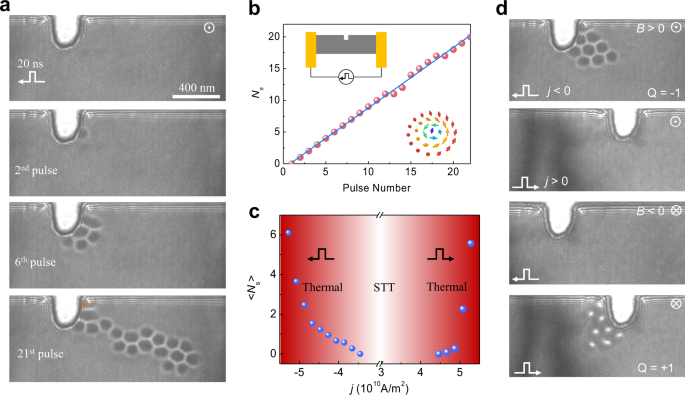
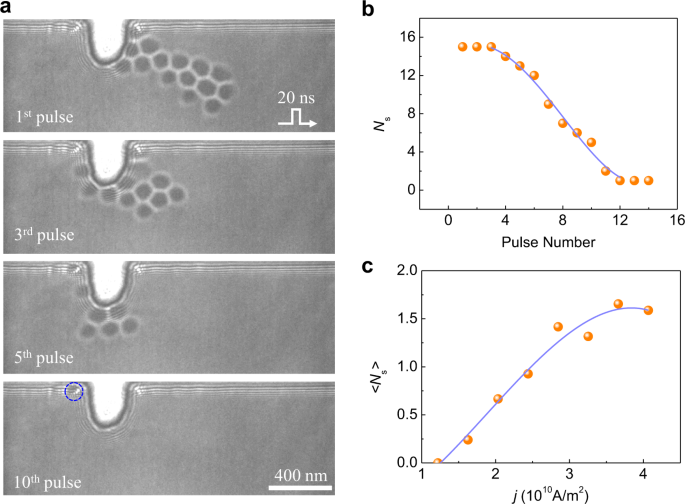
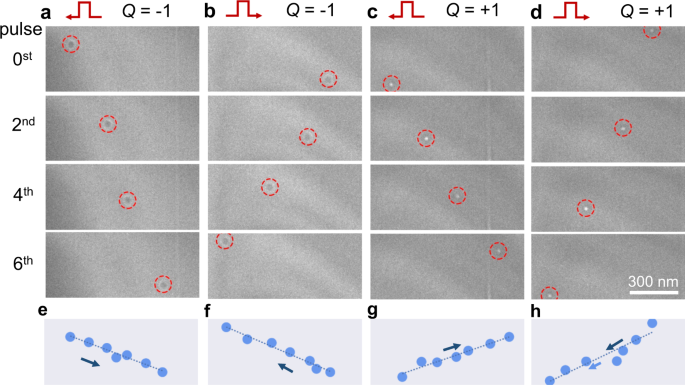
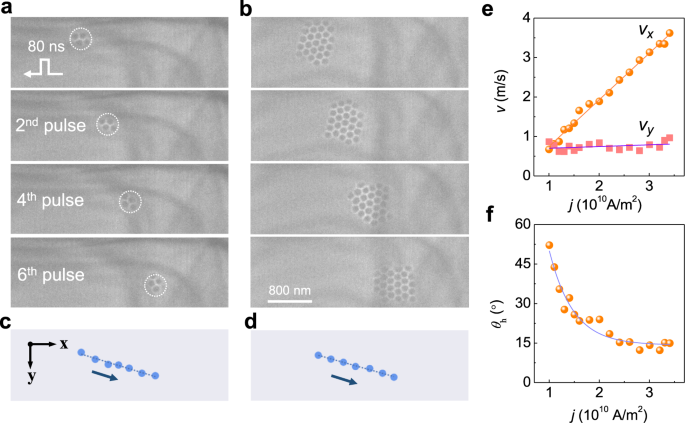
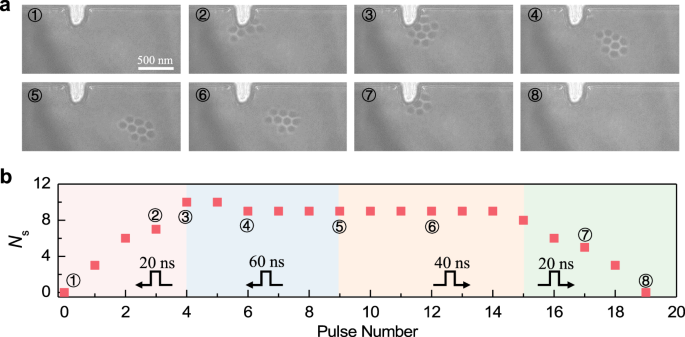


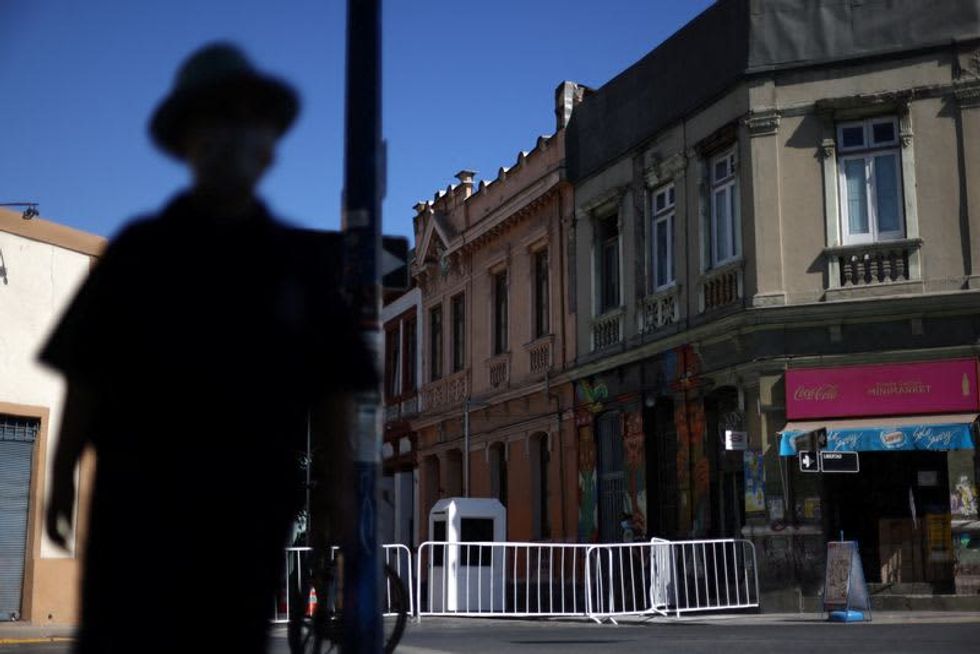
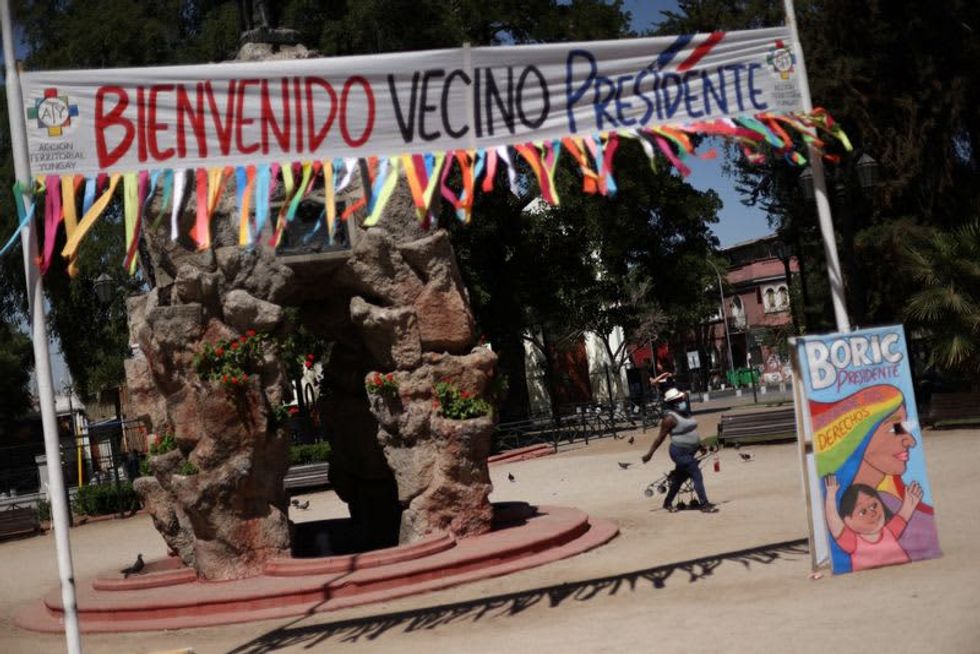
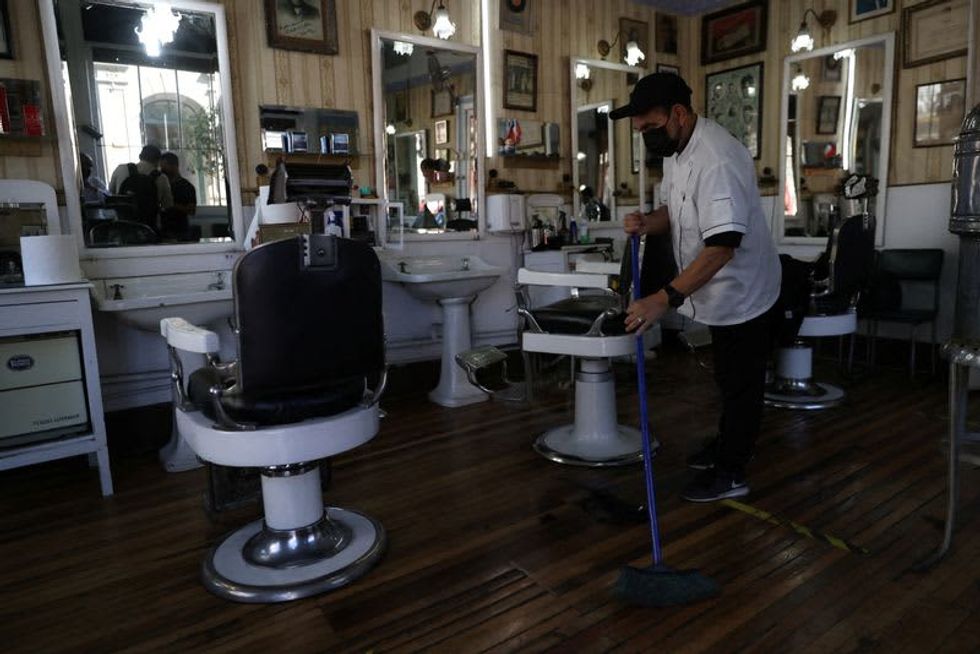
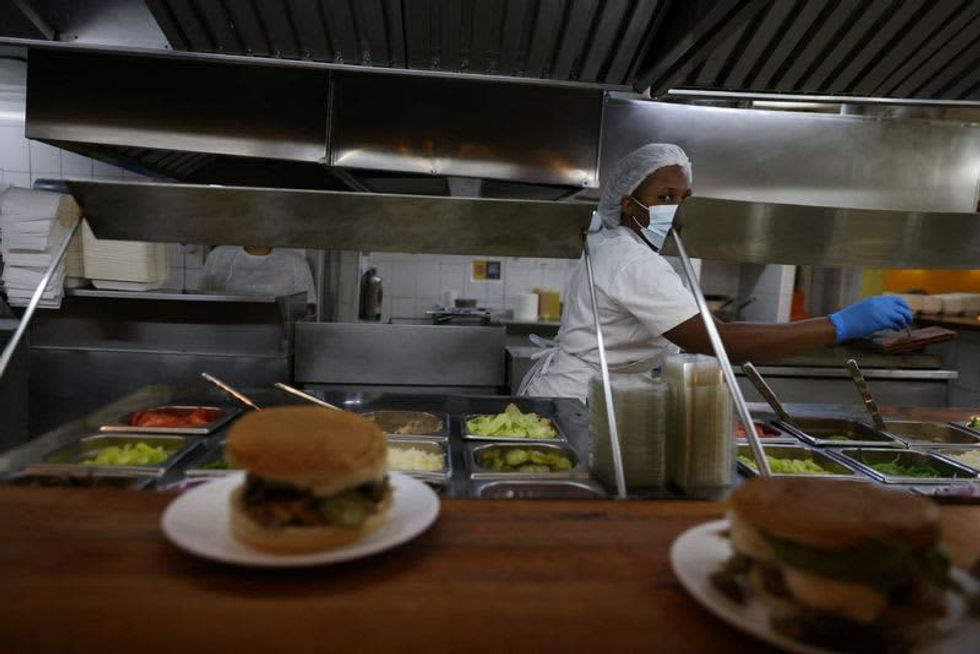
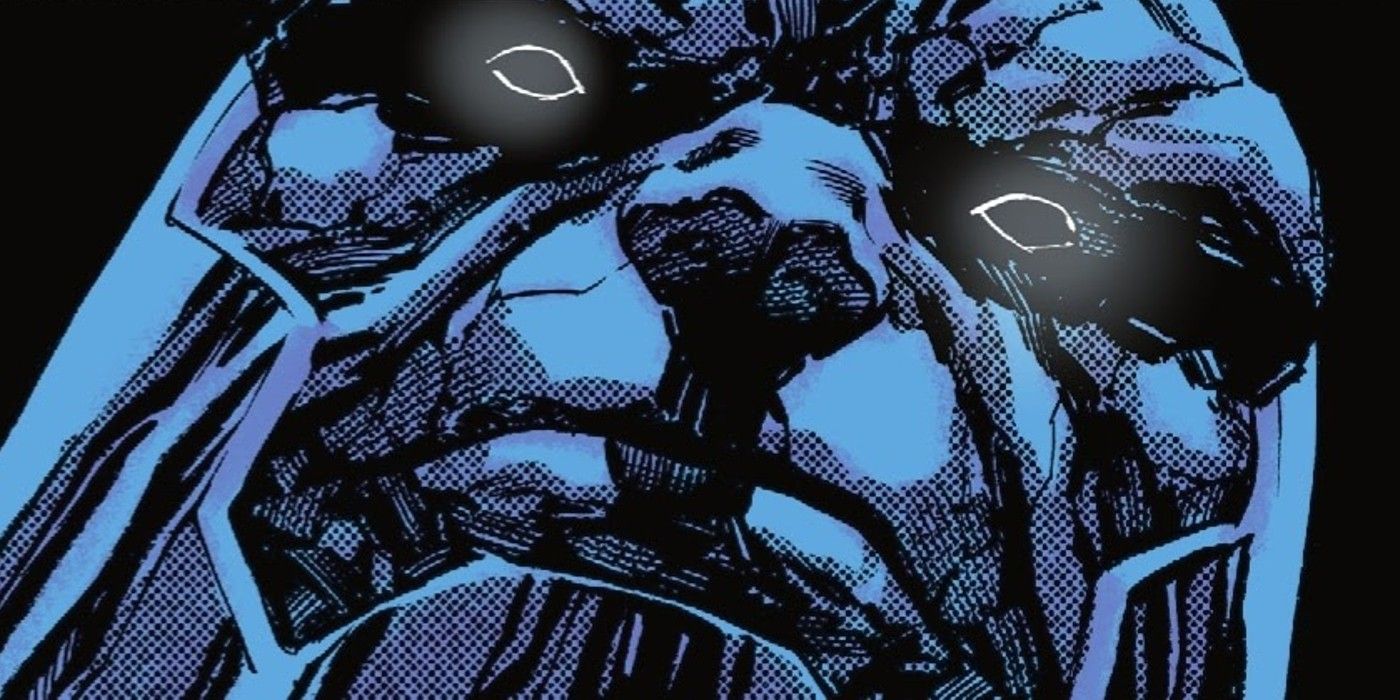
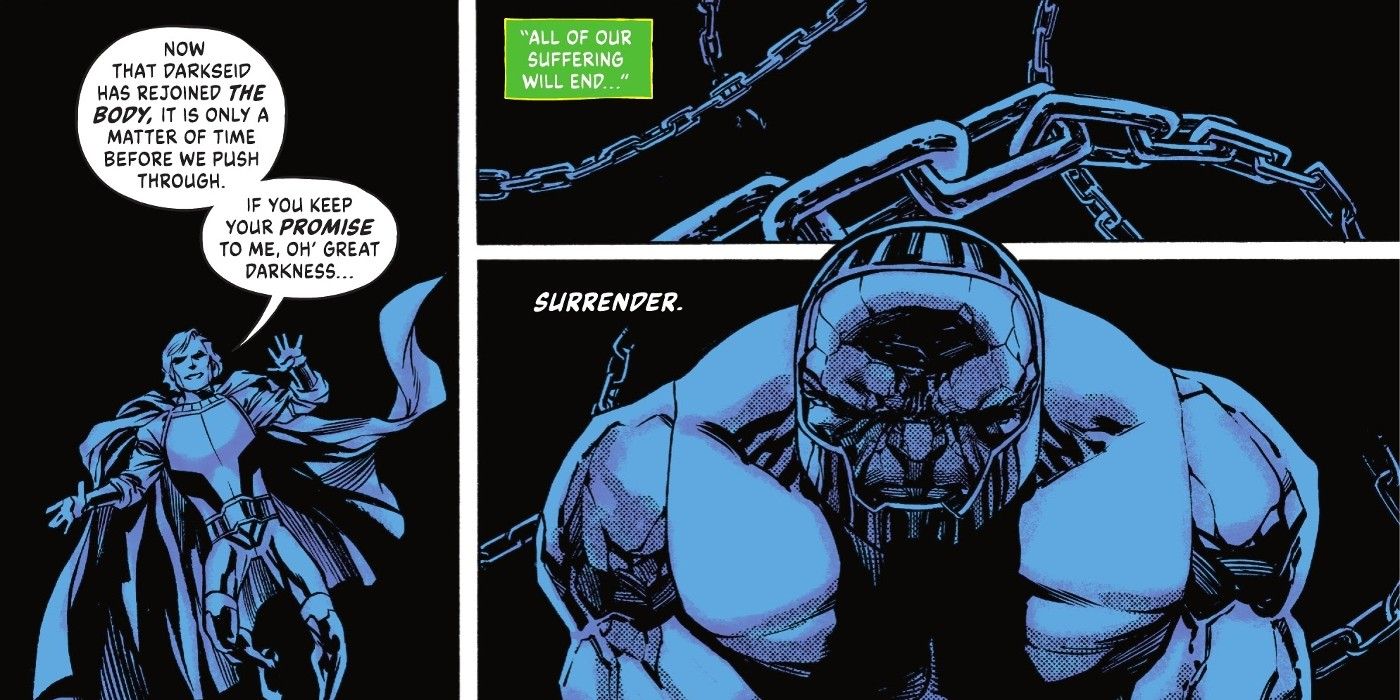
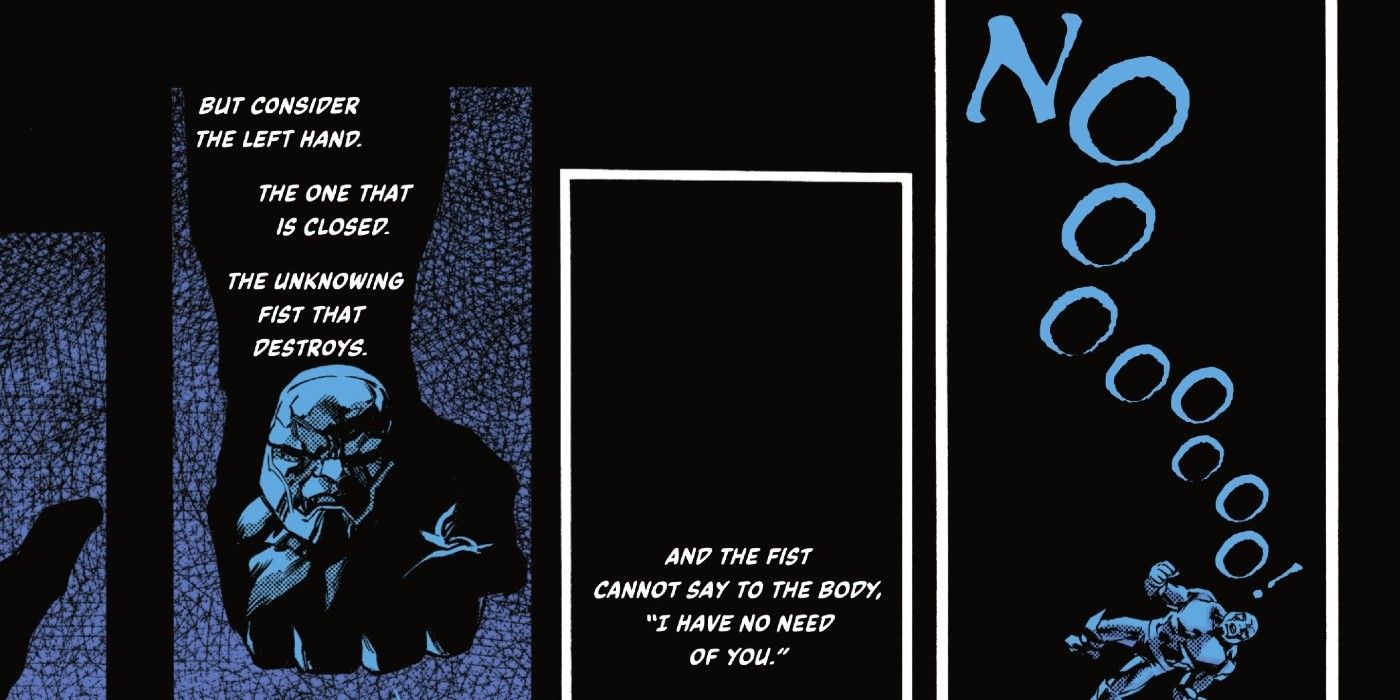
 / P. Rafter
/ P. Rafter  / M. Philippoussis
/ M. Philippoussis  vs M. Keys
vs M. Keys  (Ora italiana: 02:30 (locale: 12:30))
(Ora italiana: 02:30 (locale: 12:30)) vs (6) R. Nadal
vs (6) R. Nadal  (Ora italiana: 04:00 (locale: 14:00))
(Ora italiana: 04:00 (locale: 14:00)) vs (7) M. Berrettini
vs (7) M. Berrettini 
 / S. Rogers
/ S. Rogers  / (2) E. Shibahara
/ (2) E. Shibahara  vs (5) J. Peers
vs (5) J. Peers 
 / R. Ram
/ R. Ram  vs (A) M. Ninomiya
vs (A) M. Ninomiya 

 / B. Haddad Maia
/ B. Haddad Maia  vs R. Peterson
vs R. Peterson  / A. Potapova
/ A. Potapova 
 / (6) M. Venus
/ (6) M. Venus  (Ora italiana: 05:30 (locale: 15:30))
(Ora italiana: 05:30 (locale: 15:30)) / (2) J. Peers
/ (2) J. Peers  vs M. Safi
vs M. Safi 
 / D. Pavlou
/ D. Pavlou  vs (9) C. Naef
vs (9) C. Naef 
 vs (7) H. Barton
vs (7) H. Barton  vs J. Weekes
vs J. Weekes  vs (Q) Z. Larke
vs (Q) Z. Larke 

 vs (14) D. Prizmic
vs (14) D. Prizmic  vs (WC) L. Shuker
vs (WC) L. Shuker  / (1) M. Poljicak
/ (1) M. Poljicak 
 / H. Vandewinkel
/ H. Vandewinkel 
 / (8) V. Petr
/ (8) V. Petr  / D. Dinev
/ D. Dinev  vs T. Nirundorn
vs T. Nirundorn  / J. Weekes
/ J. Weekes